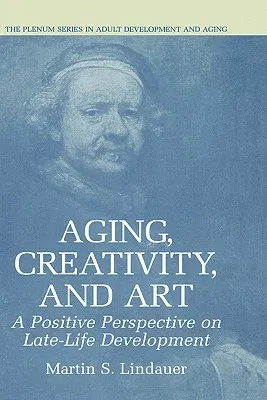Martin S Lindauer
(Author)Aging, Creativity and Art: A Positive Perspective on Late-Life Development (2003)Hardcover - 2003, 31 August 2003

Qty
1
Turbo
Ships in 2 - 3 days
In Stock
Free Delivery
Cash on Delivery
15 Days
Free Returns
Secure Checkout

Part of Series
The Springer Adult Development and Aging
Part of Series
Plenum Series in Adult Development and Aging
Part of Series
Plenum Series in Adult Development and Aging
Part of Series
Springer Series in Adult Development and Aging
Part of Series
Plenum Series in Adult Development and Aging Plenum Series i
Print Length
312 pages
Language
English
Publisher
Springer
Date Published
31 Aug 2003
ISBN-10
0306477564
ISBN-13
9780306477560
Description
Product Details
Author:
Book Edition:
2003
Book Format:
Hardcover
Country of Origin:
US
Date Published:
31 August 2003
Dimensions:
23.72 x
16 x
1.65 cm
Genre:
Elderly/Aged
ISBN-10:
0306477564
ISBN-13:
9780306477560
Language:
English
Location:
New York, NY
Pages:
312
Publisher:
Series:
Weight:
675.85 gm